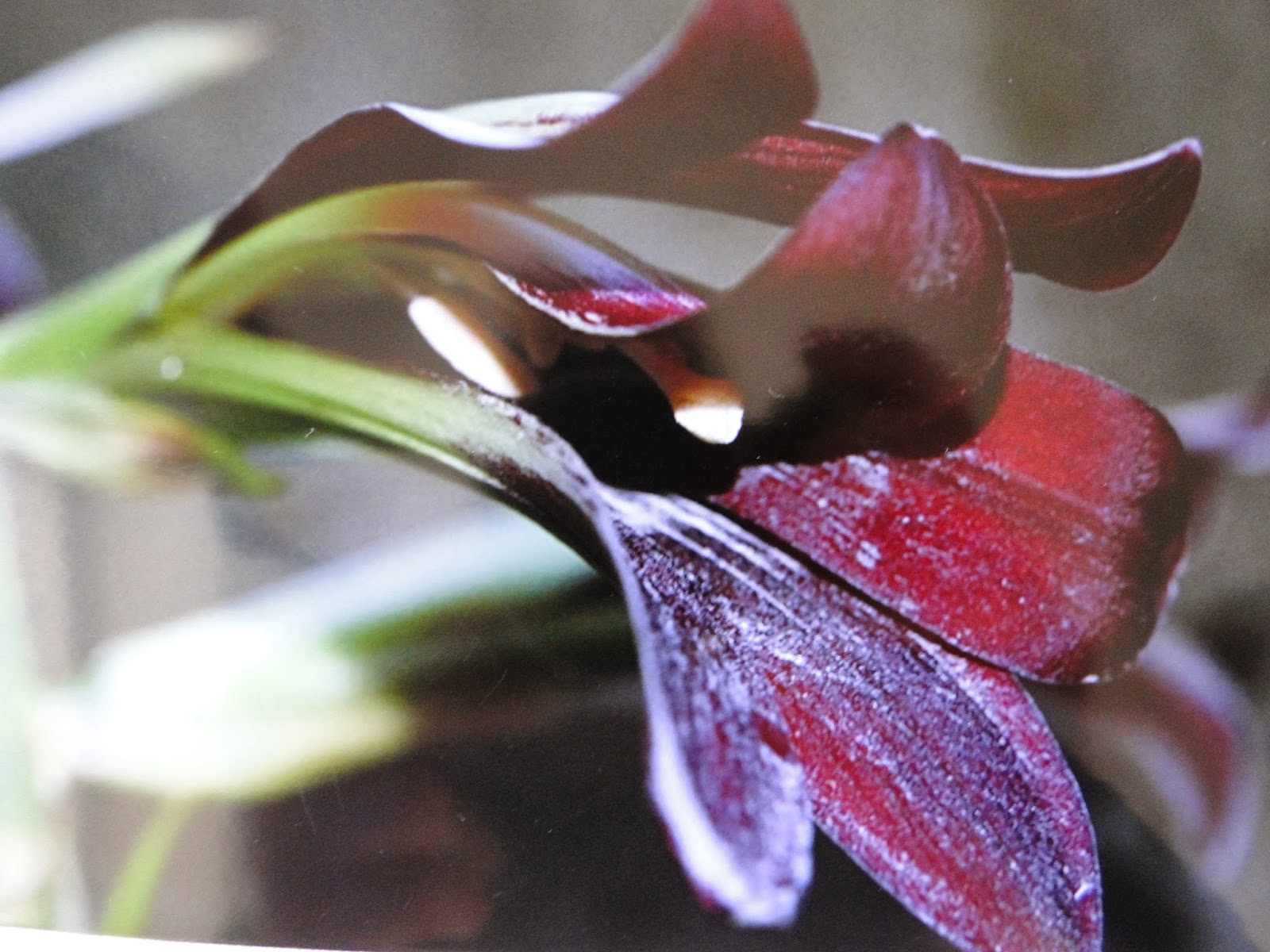Meconopsis Visual Reference Guide. Includes Photos, Taxonomy And Cultivation Information.

Friday, 29 November 2013
Wednesday, 20 November 2013
Wednesday, 13 November 2013
Seed pans of Meconopsis punicea. This seed was all harvested as soon as ripe back in late June and this continued with more batches until all was harvested. The seed trays were covered in layers of fine net and then deeply covered in moist compost. This was kept just moist until about 2 weeks ago when the trays were carefully removed from the top covering and then dressed with a little fresh grit. They can be carefully kept moist by adding a little water to the tray as necessary.This will now sit inside an unheated greenhouse until mid January when bottom heat will be applied. Normally this technique produces a high germination rate while using dried seed sowed at the same time can be very poor.
Wednesday, 6 November 2013
I recently found this picture of Alf Evans. He was the man who fired my enthusiam for Meconopsis and peat garden plants. In 1974 he wrote the 'Peat Garden and its Plants'. He ultimately was in charge of the peat beds at the Royal Botanic Gardens in Edinburgh. Years later he visited my wife's and my garden in Kingsbarns when leading a tour of Japanese people round Scottish gardens. By a strange co-incidence we both started out careers in the same place - Queens College Dundee - then a part of St. Andrews University. He studied horticulture there before the second world war and after wartime service in the Royal Airforce joined the staff at the Royal Botanic Garden Edinburgh and eventually ran the alpine , rockery and peat gardens with his real love the last. This visit inspired me to buy 40 tons of peat tailings (easily available from west Fife in those days) and start a peat garden of my own. I now maintain this garden with deep annual dressings of homemade leaf mould
Subscribe to:
Comments (Atom)



